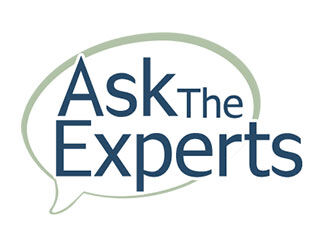Ask the Experts Credit Card Payments Q&A
Q: I have started a home party business. I want to be able to take credit cards, how would I go about this? Someone suggested Pay Pal, I don't understand how. Need better suggestions. Thank you for your time.


